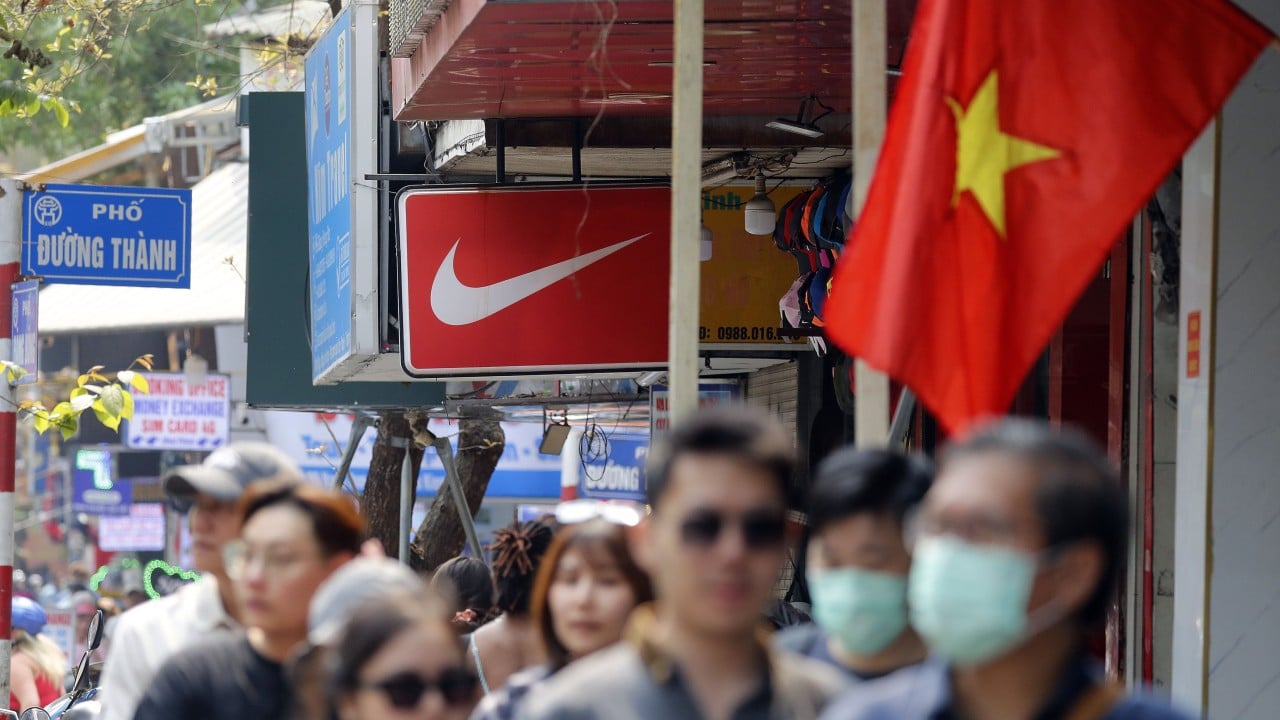When I found Mao Gao in Vietnam, the Chinese national had just finished one of the country’s signature flavoured coffees at a pavement cafe and was getting ready for a smoke.
Advertisement
Unlike most people I met on a late April visit to Bac Ninh, a flat hazy factory city north of the capital Hanoi, Mao was not in a hurry to push on. He was not, that is to say, anxious about his Vietnam investments getting caught in the crossfire of the US-China trade war that has sent tariffs on both sides soaring to the point where most exports make no business sense.
Mao has focused on figuring out Vietnam itself because his plans have nothing to do with the US market. They have everything to do with his home country and the Southeast Asian nation, where he had been stationed for a week.
His take reflects a near-consensus among investors: Vietnam feels like China 20 years ago.
China was, and Vietnam is, an ascendant low-wage export manufacturing hub facing petty corruption, challenges for foreigners without local intermediaries and pressure to build more factory-friendly infrastructure.
Advertisement
“Vietnam shares some of the same fundamentals that powered China’s rise as a manufacturing powerhouse 20 years ago,” said Dan Martin, an international business adviser with Dezan Shira & Associates in Hanoi.

